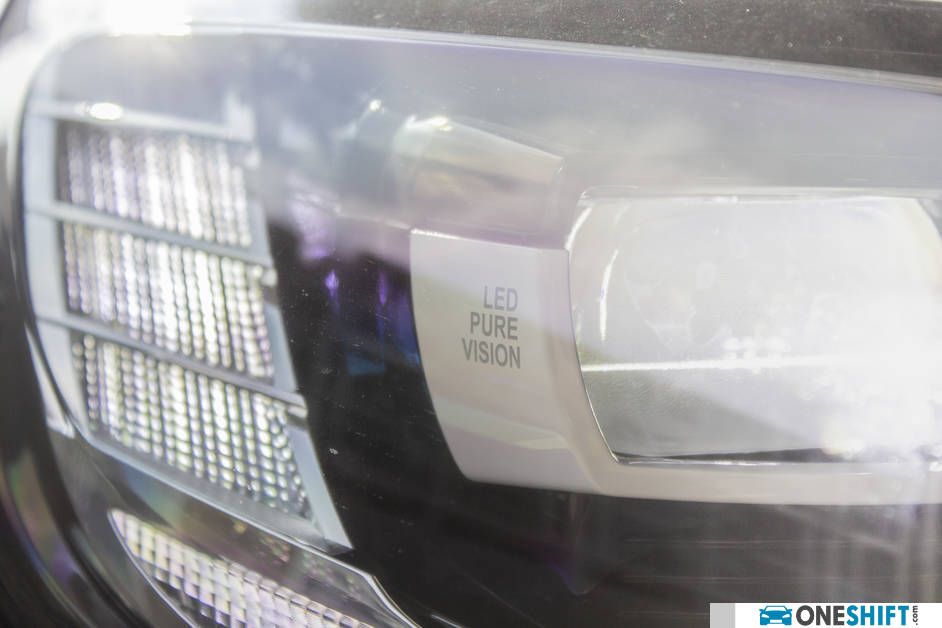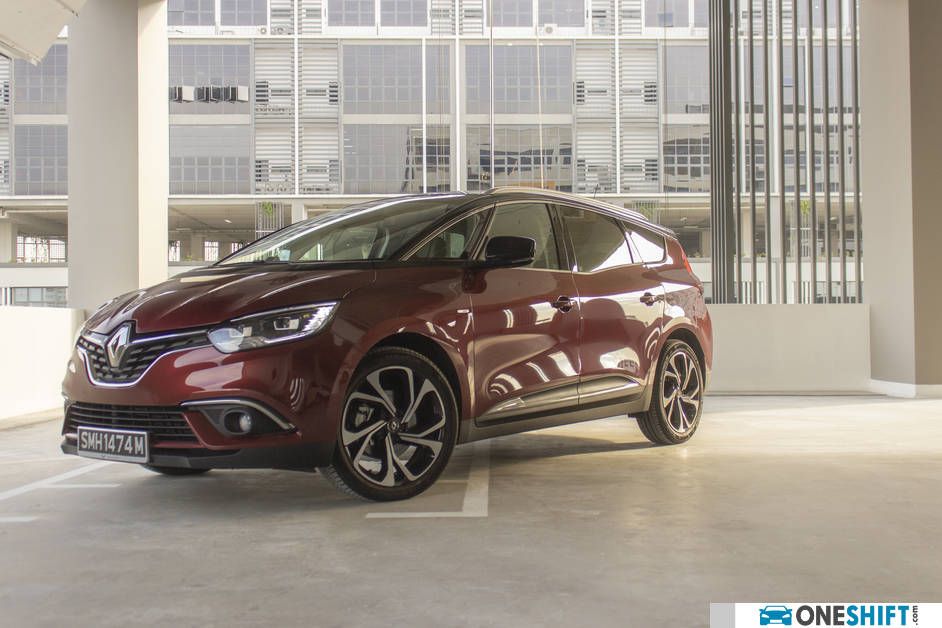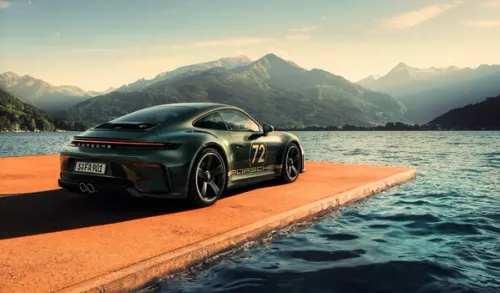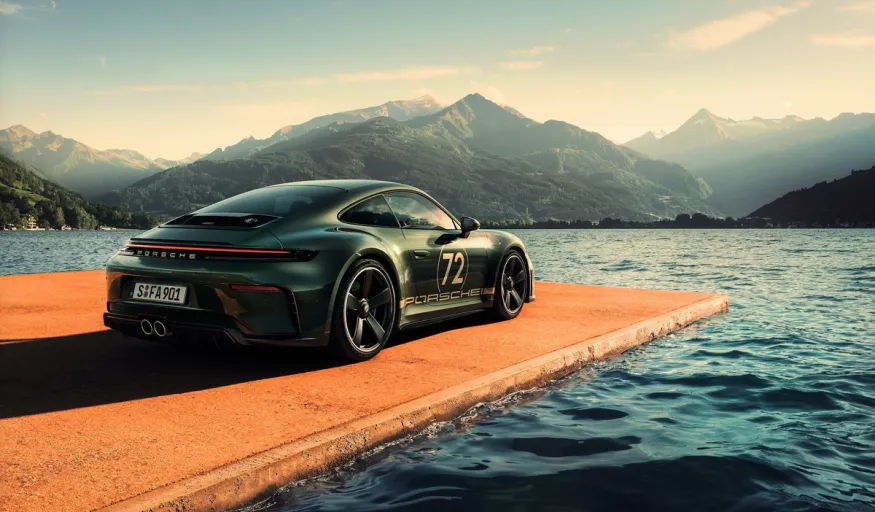Sound. Family. Value(s).
Diesel engines are becoming a rare offering these days, especially ever since the introduction of the Vehicle Emissions Scheme (VES) which has resulted the departure of some very well thought-through cars.


Diesel engines are becoming a rare offering these days, especially ever since the introduction of the Vehicle Emissions Scheme (VES) which has resulted the departure of some very well thought-through cars.

These engines tend to produce more torque and at lower RPMs versus their petrol counterparts. A lower revving engine is good too, since you burn less fuel and you can attain better mileage. Higher torque is also ideal for hauling and climbing. With the introduction of the VES, cars like the Land Rover Discovery, with its lovely 3.0 Td6 turbocharged diesel, which delivered monster torque, did so well off-road and carried seven, simply ceased being sold; while the stunningly impressive 2.0 turbocharged diesel BMW X3, which I had the opportunity to take on a roadtrip down under, only needing one refueling stop throughout my trip, never made its way to our shores.
There are however, a few cars which have slipped through the cracks, much to the joy of some who know the merits of driving a diesel.
The Renault Grand Scenic is just one of those cars. Now offered in a higher trim level, with a BOSE sound system, aptly named the ‘BOSE Edition’.

Renault may have been the ones who brought us the MPV more than 20 years ago. The original Espace presented a bold step in vehicle design, intended to be the first road car with the ability to carry more than five, while allowing flexibility in its seat arrangements, practical cubby holes for storing important whatnots and plastic body panels which better absorbed shopping trolley bumps. Something so innovative, the success of the Espace spurred other manufacturers to field their own takes on people-movers.

Twenty years on, the French brand still shows us why it is the master at its own game. The Grand Scenic, while a people carrier actually looks pretty from most angles. Like the original Espace and previous model Scenic cars, the current Grand Scenic also utilises split Triptych ‘A’ pillars, which not only enhances driver visibility, but also allows for more light into the cabin.

Like the original, Renault has also ensured that the Grand Scenic is shopping trolley friendly, with the utilisation of plastic front fenders to complement its plastic bumpers and tailgate.
The BOSE Edition model features Renault’s Pure Vision full LED headlights, similar to those found on the stonking Megane R.S. hot hatch, and permanently-lid 3D effect LED rear tail lamps.

With its 20” rims pushed nearer to the corners of the car, its 2,804mm wheelbase is long for its class, which means better packaging for what goes on the inside… as you know, they say, “It’s what is inside that really counts”, and in this case, the Grand Scenic scores pretty well in both instances.

Unlike the Peugeot 5008, which had opted instead for a bolder dash design and an equal bold use of materials, Renault on the other hand stuck with simpler materials and the simplicity has certainly paid off, with better panel fit. Like cars in the current range, the portrait-style 8.7” capacitive coloured touchscreen infotainment unit sits proudly the middle of the dash, and slightly in-front of the central air-conditioning vents. The dash-mounted gear shift lever feels a little large, almost to the point of being toy-like, but fits well in the palm of your hand.

As most MPVs go, there are plenty of compartments and cubby holes, including some located under the rugs, to keep important things away from prying eyes. In total, 13 different storage solutions within a car; including a large centre armrest which itself offers thirteen-litres of storage room, and slides rearwards to reveal a pair of cup holders and a tiny storage tray. While we do mention that materials are simple, the car does not feel at all cheap. The BOSE audio system features eleven speakers and a subwoofer. Together with a specially configured amplifier, we must say that it truly sounds richer than the non-BOSE edition car.

Seats up front are supportive, with a good amount of shoulder room, the BOSE Edition also features electric seats which are especially ideal for longer journeys, as they also offer three massage modes. Headrests too for both front and middle passengers have been redesigned for improved head support.
Middle row passengers benefit from trays behind the front seats, with protuberances within the tray to hold tablets in-place, and have the use of USB ports at the rear for charging their devices. Air-conditioning ducts are logically located within the B pillar, instead of the rear of the movable centre armrest.

Accommodate for three in the middle row, and you will have to do without the cup holders up front, as the storage unit will need to be slid forward to accommodate the fifth pair of legs.

Rear passengers however, will face a little shortage in legroom and the all important thigh support, as with most compact MPVs, while middle row passengers will need to play the balancing act of sliding their seats forward to accommodate those in the rear. The sculpted roofline also influences the shape of the upper end of the rear door aperture, making it slightly difficult for adult passengers to clamber to the rear of the car.

Cargo space with the rear row of seats deployed stands at 233 litres, and with them folded, is at a respectable 596 litres. We like that Renault has not only provided a seat release button panel within the boot allowing users the convenient option of dropping individual seat backs from the middle and back rows; they have also incorporated the very same function in the infotainment unit.
Diesel is a cheaper way to get there, and the 1.5 litre common fuel rail turbocharged engine does a decent job, mated to a quick shifting 7-speed dual clutch automatic (EDC) transmission.
While not the most refined small diesel engine, most diesel offerings have exited the market (thanks to the implementation of the VES), and Renault’s engine quietly falls into quite a pleasant white space we feel, and this one even manages an impressive ‘A2’ rating. Speaking about silence, the Grand Scenic does offer good enough insulation within the cabin, and the engine’s characteristic diesel clatter seems distant from within.

Performance is nothing to shout about with a humble 110hp on tap, while 260Nm of twist is more than sufficient to haul what the MPV is built to haul. With maximum torque kicking in at 1,750rpm, there is a momentarily bit of lag as the turbocharger spools up, before the Grand Scenic leisurely gets up to speed. With a century sprint timing of 13.2 seconds, it also means that you will likely not be at the front of the pack after taking off from the lights.

The load bearing suspension on the Grand Scenic comes across as a little on the stiffer end, not for handling, but intended to ensure that the MPV does not bog down when it is fully loaded. It would also be wise not to drive this car enthusiastically, unlike the Volkswagen Touran, which happily embraces being driven a little harder. That said, handling is still decent, and surprisingly enough, the car rides comfortably on its 20” rims.

The BOSE edition car does get top points for its hands-free Auto-Park Assist function, which offers three different park modes, including diagonal park assist. The system also provides assistance during exiting of a parallel parking lot.

If clocking lots of mileage is one of the key factors in a family workhorse, the Grand Scenic does very well. The Grand Scenic does a 25km/l combined cycle. While it costs about ten grand more than the vanilla Grand Scenic, and has BOSE branding all around the car, to us, it really is not the BOSE sound system which makes this MPV shine, but the additional useful features which comes packaged with the car.

Credits:








Get the Best Price for your used car
from 500+ dealers in 24 hours

- Convenient and Hassle-Free
- Consumer Protection
Transparent Process
With No Obligation








